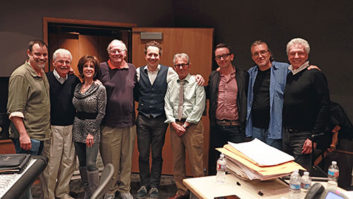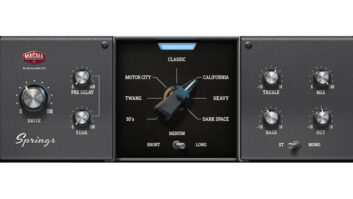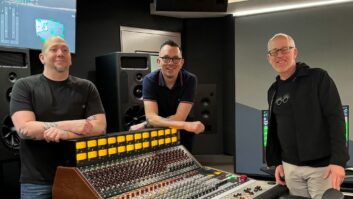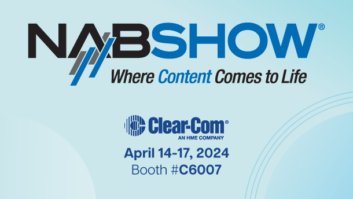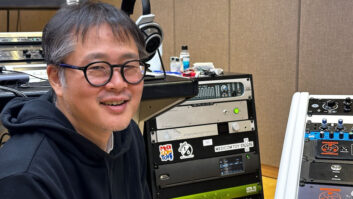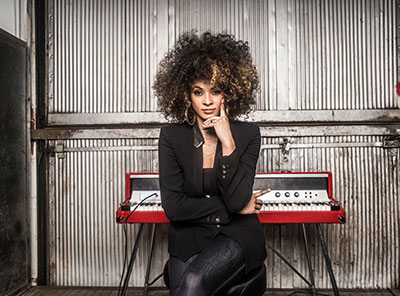
With her smooth, soulful voice and elegant piano style, Kandace Springs sparked excitement in the R&B and jazz worlds with her self-titled EP in 2014, gaining her guest spots on the late-night shows, as well as festival slots and an invitation to perform in June of that year at Paisley Park with Prince, when he celebrated the 30th anniversary of Purple Rain.
More recently, Springs told So Cal radio station KPCC’s online arts site, The Frame, that she received some unforgettable advice from Prince when she met him: “Prince said to always be true to who I am [because] at some point in life, somebody will try to change who you are,” she said.
With Prince’s words in mind, Springs seems to have chosen excellent production partners who respect her artistic voice and value the spontaneous beauty of her live performances. Springs’ debut album, Soul Eyes (Blue Note)—a blend of original songs and R&B covers—was produced by Larry Klein (Joni Mitchell, Herbie Hancock), recorded by engineer Vanessa Parr (Rhiannon Giddens, Lucinda Williams) and mixed by Tim Palmer, whose credits stretch from Bowie to U2 and beyond.
Tracking for Soul Eyes happened almost entirely live in The Village’s Studio D to Pro Tools, with Springs situated in a booth before the studio’s Yamaha C7 grand and her Rhodes. “We had a fort built around the piano so we could keep the lid open, and we built a foam wall behind the music stand to isolate the vocal,” Parr says. “That way, we were able to do some vocal punches and fixes later.”
Out in the live room were Dean Parks on guitar (his amp was isolated), bass player Dan Lutz, keyboardist Pete Kuzma, and drummer Vinnie Colaiuta. “In that room, even when you’re isolated you have great sight lines, which is important,” Parr says. “Larry loves it when everyone can play live, because that’s when cool things happen.”
On the Yamaha piano, Parr placed a spaced pair of AEA R84s on top, through an EMI compressor, and a pair of RCA 44s underneath. “We could feather those in a little bit for more warmth if we wanted,” Parr says. “The C7 is pretty bright, so I wanted to use ribbons to temper that a bit”.
The overall piano sound on the album is quite warm, with a softened vintage quality.

Back row, L to R: Larry Klein, Vinnie Colaiuta, Kandace, Dean Parks, Pete Kuzma, Evan Rogers; front row, L-R: Vanessa Parr, Carl Sturken, Jeff Gartenbaum
“And with Larry we always use a lot of analog effects, so we had quarter-inch slap rolling all the time for her vocal and other instruments as needed,” Parr says. “We were also recording the Village plates, chamber and EMT250, which gave us some great options for vocals as well as other instruments.”
Springs vocal mic was a Stephen Paul-modified Neumann U 67 that belongs to Klein, placed right above Middle C. “Sometimes Larry will put up a 44 as well on vocals,” Parr says. “We’ll use that to supplement a little bit, but with Kandace it didn’t seem necessary, and it’s also logistically a little complicated trying to add a microphone of that size in front of the piano.” The 67 went through a Neve 1081 mic pre, a Distressor and a Retro Sta-Level.
One of Parr’s favorite aspects of working with Klein, for whom she has engineered several projects, is his innate sense of which musicians will best support singer/songwriters like Springs. Parr says that Colaiuta, for example, makes an engineer’s job feel pretty easy.
“With Vinnie, it almost doesn’t matter what you put on him,” she says. “You know he’s going to sound amazing, and he has an amazing kit. But as I recall, I had a [Shure] Beta 91 and a 52 on the inside, and a [Neumann] FET 47 on the outside. From there it was pretty standard: 57s on the snares, and on the toms I had a combination of beyer M160s and M88s. On the hi-hat we used a [Shure] SM7, and overheads were a pair of [Neumann] KM 84s. We also had room mics, which were M 49s, and a couple of PZMs in the chamber.”
Before the studio tracks were sent to Palmer to mix, one more sweet ingredient was added: Matt Grondin and Nick Guttman recorded Terence Blanchard’s trumpet part for the jazz-leaning ballad “Too Good to Last” at The Parlor Recording Studio in New Orleans.

Palmer then worked on the mixes in his Austin, Texas, facility, 62 Studios, where he uses a hybrid analog/digital setup built around his Pro Tools rig and 24 MX2 Tone-Lux channels. The Tone-Lux rig is used to sum the audio to his outboard gear, including GML EQ and an Alan Smart SSL compressor. He also uses 16 Avid Artist Series faders. His speakers of choice are Genelec 1031a.
“The Tone-Lux system lets me keep a traditional analog signal path, but with all the control of the digital world,” Palmer says. “The way I mix for Larry is very different from a lot of my other projects. First, the tracks he sends tend to be played live, by great musicians! This immediately changes things for the better. The performances breathe and are not linear, so methods like relying on the grid and leaving faders static is not an option. There is a lot of fader riding to be done, as the players rarely stick to the same parts every verse and chorus, and of course the panning was very important, too. Larry’s records have a very classic feel, and the sound I go for tries to enhance that.”
Toward that end, Palmer used classic plate reverb plug-ins, such as an EMT 140 emulation: “Or, in many cases, Larry will print the real echo chamber returns from his session, and I can use those. Often, it’s a combination of both.
“It all plays a part, even the coffee,” Palmer continues, “but I must say that I do love using the analog simulator plug-ins; my favorite is still the DAD tape, which I find very useful for getting rid of any digital nastiness. I also like the Waves J37, as you can saturate the sound a little, and I think the combination of the Tone-Lux rig and my GML EQ really give a great starting point to the mixes.
“What I tried to achieve on this record was to hear humans playing and interacting, and of course right in the middle of it all, center stage, is Kandace singing and playing piano. What a classic voice she has!”
